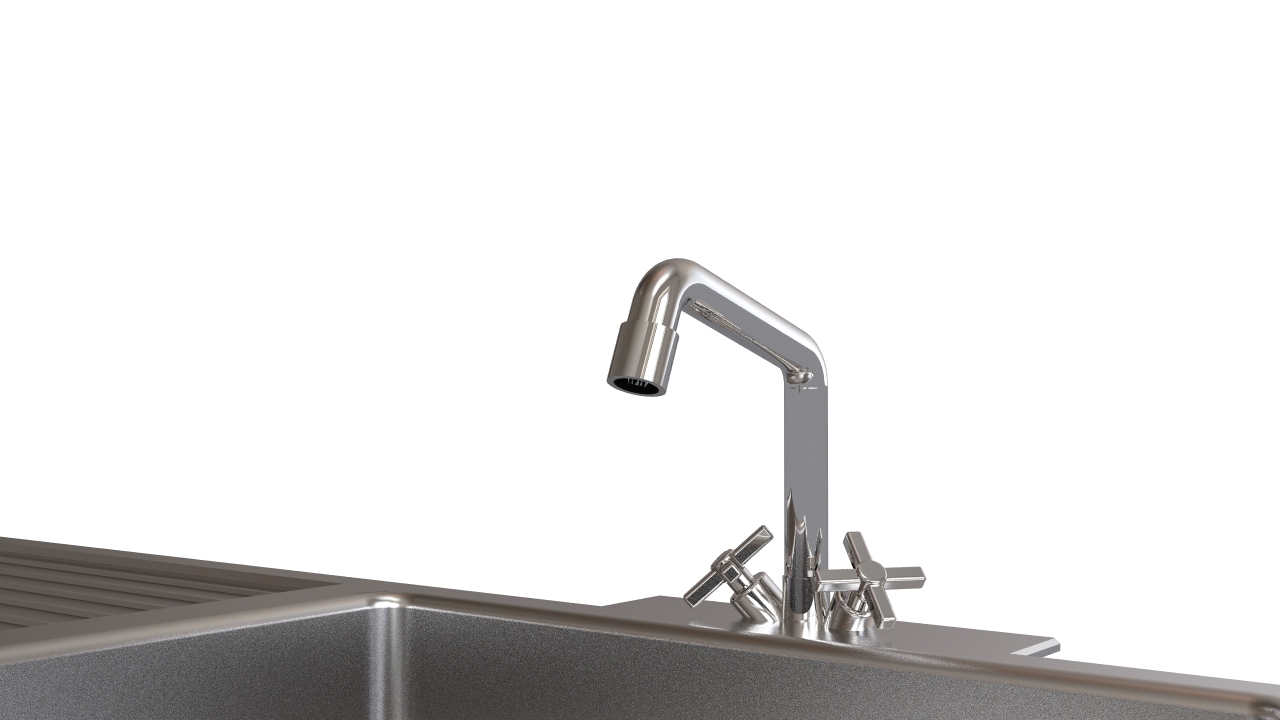When it comes to designing a kitchen without a microwave, one of the first things to consider is the layout. Since a microwave typically takes up a significant amount of space on the countertop or above the stove, removing it opens up more options for your kitchen design. One creative layout idea is to create a designated baking area with a built-in oven and plenty of counter space for prepping and cooling baked goods. This not only eliminates the need for a microwave, but it also adds a charming and functional touch to your kitchen.1. Kitchen Layout Ideas for a Microwave-Free Space
Designing a kitchen without a microwave may seem daunting at first, but with the right planning and consideration, it can be a smooth process. Start by thinking about your cooking habits and what appliances are essential for your daily routine. If you rarely use a microwave and prefer to cook meals from scratch, then consider investing in high-quality cookware and a variety of cooking utensils. This will allow you to create delicious meals without relying on a microwave.2. How to Design a Kitchen Without a Microwave
There are plenty of alternatives to a microwave that can add functionality and style to your kitchen. A toaster oven, for example, can be used for reheating and cooking small meals and takes up minimal counter space. Another option is a steam oven, which uses steam to cook food quickly and healthily. You can also opt for a multi-cooker that can perform various functions, such as slow cooking, pressure cooking, and steaming. These versatile appliances eliminate the need for a microwave and can be a valuable addition to your kitchen.3. Creative Alternatives to a Microwave in Your Kitchen
When designing a microwave-free kitchen, it's important to consider functionality. Make sure to have enough counter space for meal prep and cooking, and invest in high-quality cookware and appliances that will make cooking easier and more efficient. Incorporating a kitchen island with a built-in stove or cooktop can also provide extra counter space and add a stylish touch to your kitchen. Additionally, consider installing a pot filler above your stove for easy access to water while cooking.4. Tips for a Functional Microwave-Free Kitchen
One of the benefits of not having a microwave in your kitchen is that it encourages you to cook meals from scratch, which can lead to healthier eating habits. Design your kitchen with this in mind by incorporating a variety of cooking tools and appliances that support a healthy lifestyle. For example, invest in a quality blender for making smoothies and soups, a food processor for chopping and slicing, and a spiralizer for creating healthy vegetable noodles. These tools will not only add functionality to your kitchen but also make it easier to prepare nutritious meals without a microwave.5. Designing a Kitchen with a Focus on Healthy Cooking
If you're used to relying on a microwave for quick reheating and cooking, a toaster oven can be a great alternative. It takes up less space than a traditional oven and can be used for a variety of tasks, from toasting bread to cooking small meals. When designing your kitchen, consider incorporating a built-in toaster oven into your cabinetry for a sleek and seamless look. You can also opt for a countertop toaster oven that can be easily stored away when not in use.6. Incorporating a Toaster Oven into Your Kitchen Design
As with any design decision, there are pros and cons to not having a microwave in your kitchen. On the plus side, it opens up more counter space and encourages healthier cooking habits. However, it may take some adjustment in your cooking routine and may not be suitable for those who rely heavily on convenience foods. Consider both the benefits and drawbacks before making a decision, and remember that there are plenty of alternatives to a microwave that can still make your kitchen functional and efficient.7. The Pros and Cons of Not Having a Microwave in Your Kitchen
One of the most significant advantages of not having a microwave is the extra counter space it provides. Take advantage of this by incorporating additional counter space into your kitchen design. You can achieve this by adding a kitchen island, extending your existing countertops, or incorporating a pull-out or fold-down counter. This will not only make your kitchen more functional but also give you more room to prep and cook meals without feeling cramped.8. Designing a Kitchen with More Counter Space Instead of a Microwave
A microwave-free kitchen can be an excellent opportunity to embrace a minimalist design. Without a bulky microwave taking up space, you can opt for sleek and streamlined appliances and declutter your countertops. Consider a built-in refrigerator and dishwasher for a seamless look, and choose small appliances that serve multiple functions. Keep only essential tools and utensils within reach, and store the rest away to maintain a clean and clutter-free kitchen.9. How to Create a Minimalist Kitchen Without a Microwave
Lastly, if you prefer a more traditional cooking style without relying on a microwave, design your kitchen accordingly. This may involve investing in a high-quality stove or cooktop, a range hood for proper ventilation, and a variety of cookware and utensils to support your cooking needs. You can also incorporate a designated pantry or storage area for ingredients and spices, making it easier to access everything you need for cooking without relying on convenience foods or a microwave.10. Designing a Kitchen with a Traditional Cooking Style, No Microwave Needed
Why You Should Consider Designing Your Kitchen Without a Microwave

Say Goodbye to Clutter and Save Space
 One of the main reasons to consider
designing a kitchen without a microwave
is to eliminate clutter and save space in your kitchen. Microwaves can take up a significant amount of counter or cabinet space, especially in smaller kitchens. Removing this bulky appliance can open up more room for food prep, storage, or even a new piece of kitchen equipment. Plus, without a microwave, you won't have to deal with the hassle of constantly cleaning fingerprints and splatters.
One of the main reasons to consider
designing a kitchen without a microwave
is to eliminate clutter and save space in your kitchen. Microwaves can take up a significant amount of counter or cabinet space, especially in smaller kitchens. Removing this bulky appliance can open up more room for food prep, storage, or even a new piece of kitchen equipment. Plus, without a microwave, you won't have to deal with the hassle of constantly cleaning fingerprints and splatters.
Embrace Healthier Cooking Methods
 Another benefit of not having a microwave in your kitchen is that it can encourage you to
embrace healthier cooking methods
. Microwaves are known for zapping the nutrients out of food and can also create hot spots that can lead to uneven heating. Without a microwave, you will be forced to use traditional cooking methods like stovetop, oven, or slow cooker, which can help retain more nutrients in your food. Additionally, these methods often result in more flavorful and evenly cooked meals.
Another benefit of not having a microwave in your kitchen is that it can encourage you to
embrace healthier cooking methods
. Microwaves are known for zapping the nutrients out of food and can also create hot spots that can lead to uneven heating. Without a microwave, you will be forced to use traditional cooking methods like stovetop, oven, or slow cooker, which can help retain more nutrients in your food. Additionally, these methods often result in more flavorful and evenly cooked meals.
Reduce Energy Usage
 If you're trying to be more environmentally friendly,
designing a kitchen without a microwave
is a simple step you can take. Microwaves use a significant amount of energy, especially if they are used frequently. By eliminating this appliance, you can reduce your overall energy usage and decrease your carbon footprint. Plus, you'll save money on your energy bill in the long run.
If you're trying to be more environmentally friendly,
designing a kitchen without a microwave
is a simple step you can take. Microwaves use a significant amount of energy, especially if they are used frequently. By eliminating this appliance, you can reduce your overall energy usage and decrease your carbon footprint. Plus, you'll save money on your energy bill in the long run.
Create a More Stylish and Functional Kitchen
 Without a microwave taking up space and becoming a focal point in your kitchen, you have the opportunity to
create a more stylish and functional kitchen
. You can choose to install a larger stovetop or oven, add in a kitchen island, or incorporate a unique design feature that would not have been possible with a microwave in the way. Additionally, without a microwave, your kitchen will have a more streamlined and cohesive look, making it a more enjoyable space to cook and entertain in.
In conclusion, while microwaves may seem like an essential kitchen appliance, there are many reasons to consider
designing a kitchen without one
. From saving space and reducing clutter to embracing healthier cooking methods and creating a more stylish and functional kitchen, the benefits are numerous. So, before you automatically include a microwave in your kitchen design plans, consider the potential advantages of going without one. Your kitchen and your health may thank you.
Without a microwave taking up space and becoming a focal point in your kitchen, you have the opportunity to
create a more stylish and functional kitchen
. You can choose to install a larger stovetop or oven, add in a kitchen island, or incorporate a unique design feature that would not have been possible with a microwave in the way. Additionally, without a microwave, your kitchen will have a more streamlined and cohesive look, making it a more enjoyable space to cook and entertain in.
In conclusion, while microwaves may seem like an essential kitchen appliance, there are many reasons to consider
designing a kitchen without one
. From saving space and reducing clutter to embracing healthier cooking methods and creating a more stylish and functional kitchen, the benefits are numerous. So, before you automatically include a microwave in your kitchen design plans, consider the potential advantages of going without one. Your kitchen and your health may thank you.










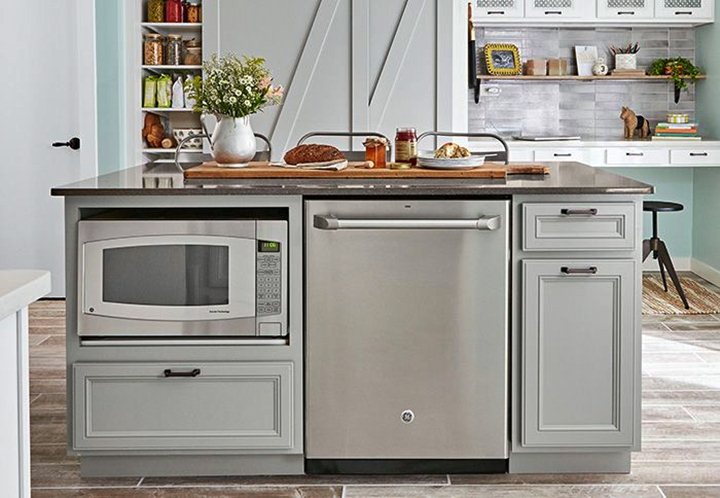





















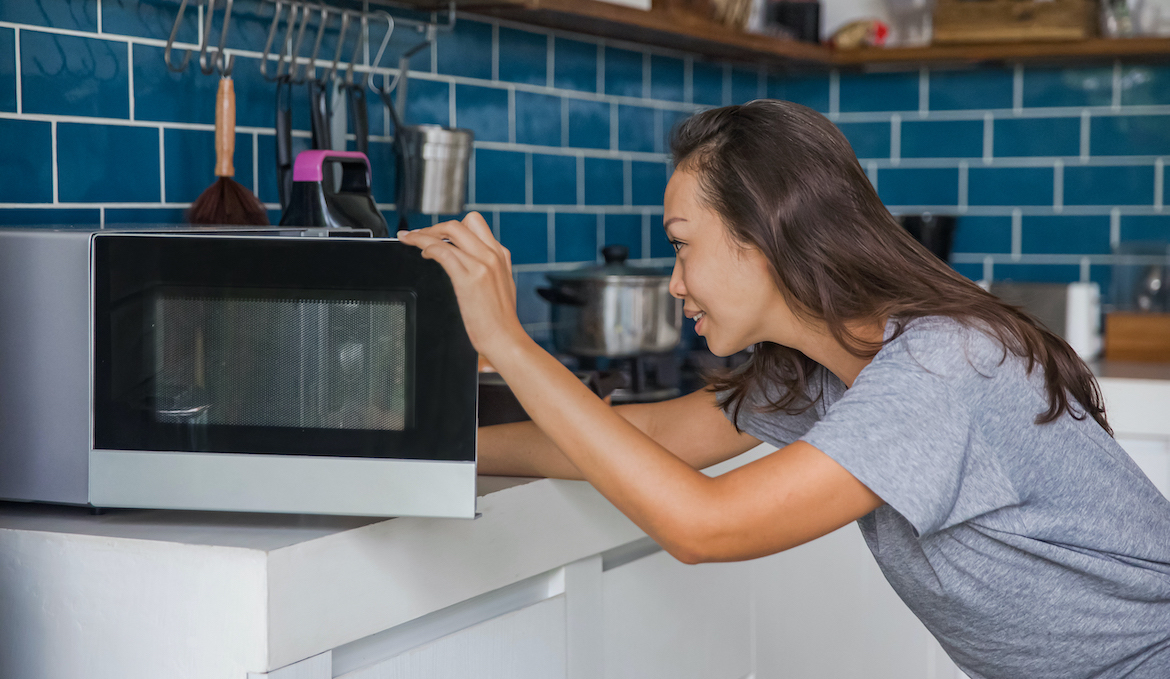


























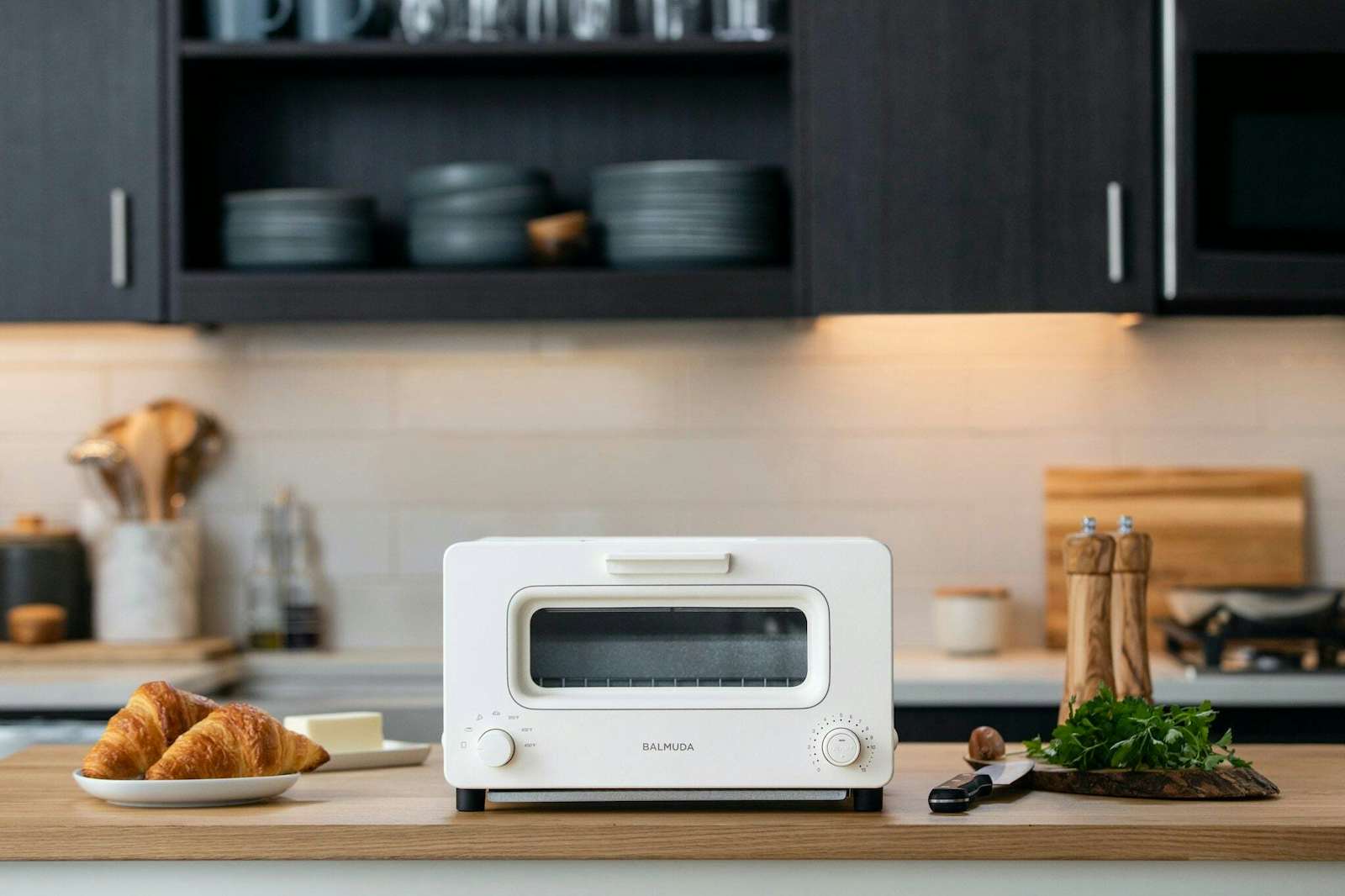







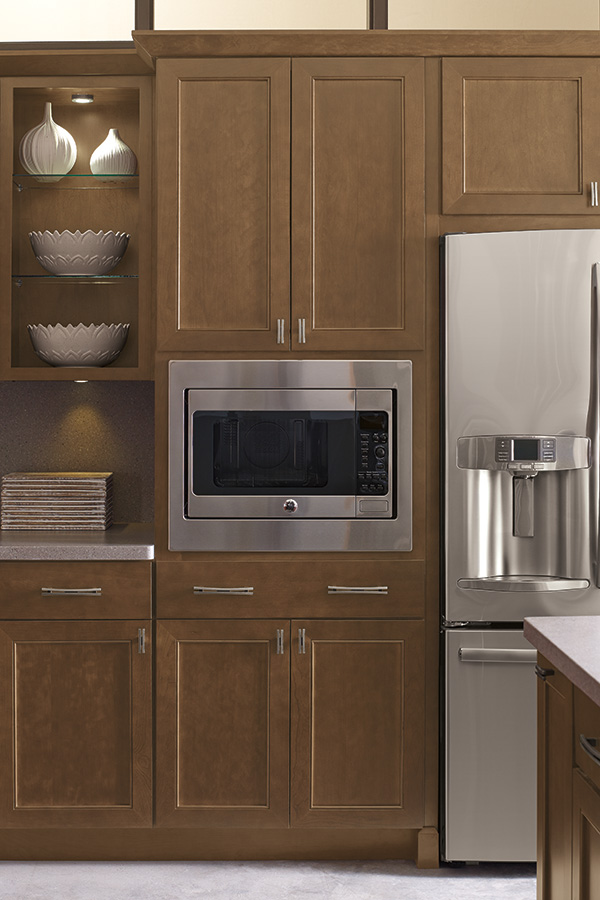

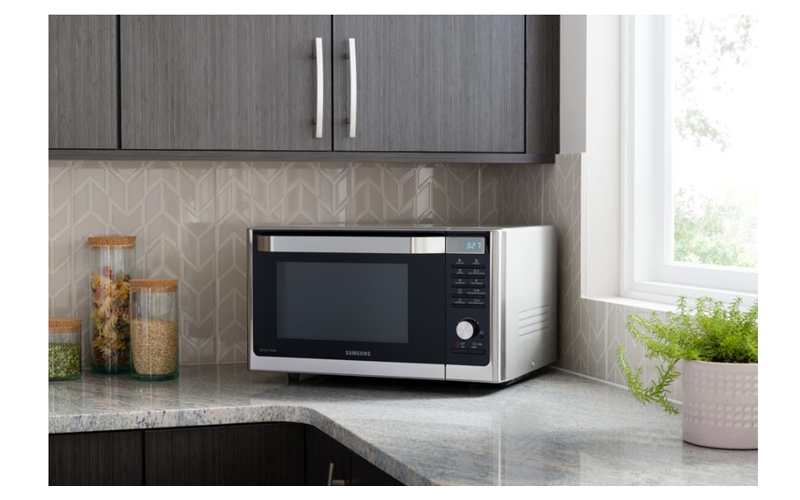



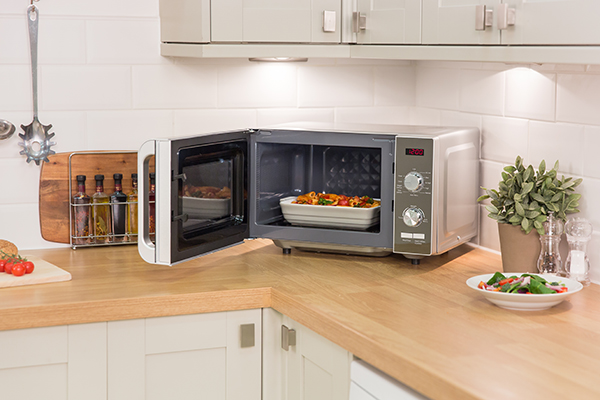
























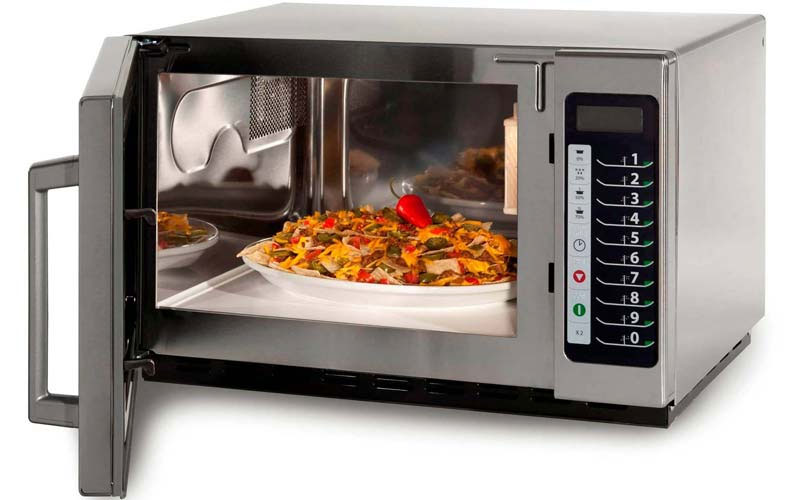

/AMI089-4600040ba9154b9ab835de0c79d1343a.jpg)





